
Essential PPE in the Food Industry: What You Need to Know
Overwhelmed by PPE options for food safety? Master your PPE selection for food workers safety with these practical tips.
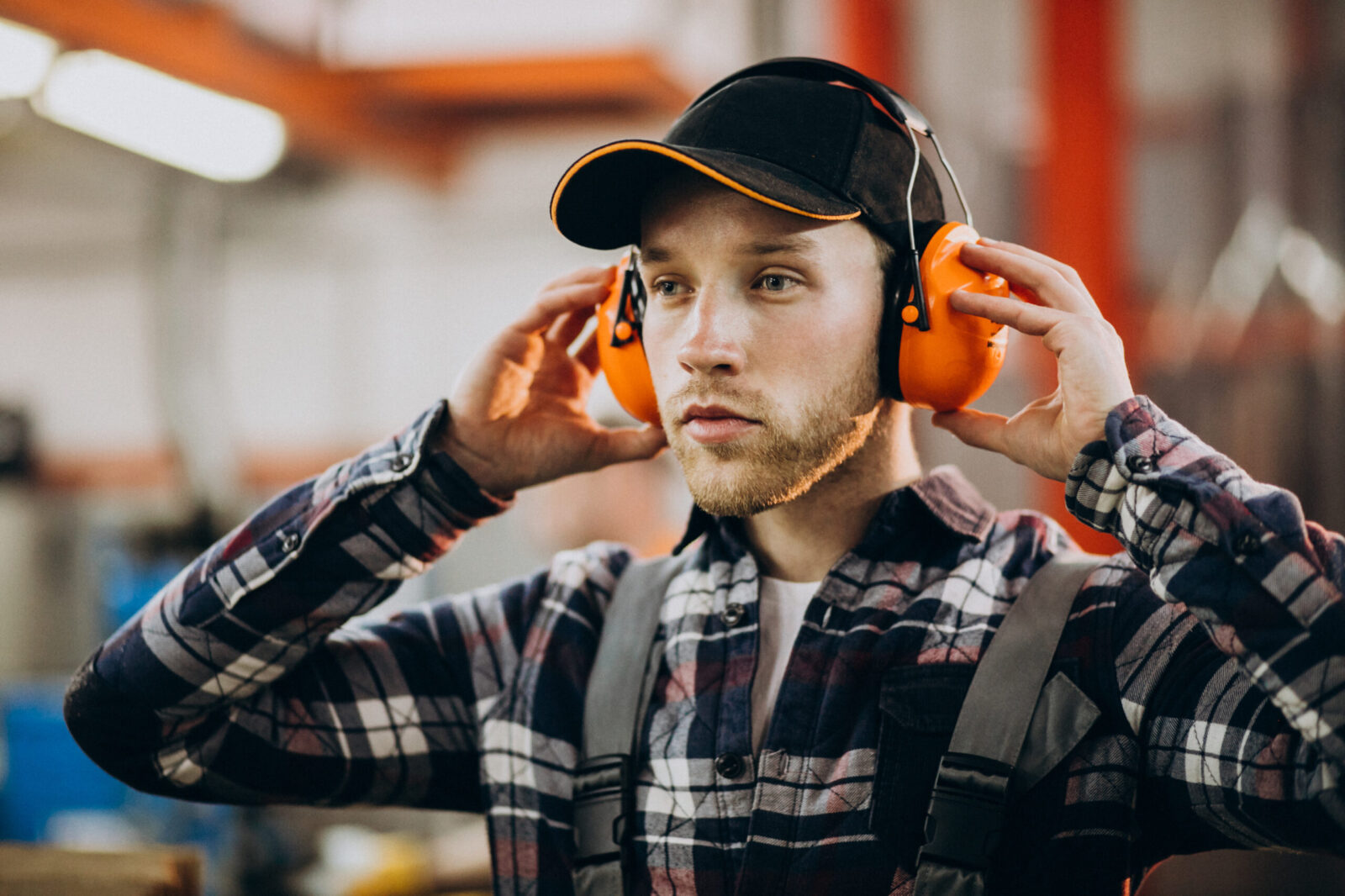
Get 20€ off on your first order!
Protecting your hearing in workplaces like construction, manufacturing, or logistics is essential for comfort and safety. This guide provides clear, practical advice to help you choose the perfect hearing protectors for your needs, whether it’s earmuffs, earplugs, or a combination. Drawing on industry expertise, it answers your key questions and ensures you feel confident in your choice.
Plus, it goes further—offering tips on integrating hearing protection with other PPE and maintaining long-term safety standards. Start here to find solutions that work now and prepare for what’s next.
Hearing Protectors are devices designed to shield your ears from excessive noise, which is a common hazard in industries like warehousing and logistics.
These include products like earmuffs and earplugs that help lower sound levels to safer decibel ranges.
Noise exposure in certain work environments can impact hearing health if unprotected, making proper ear protection an essential part of workplace safety.
| Noise Level (dB) | Effect | Protection Recommended |
| 85-100 | Noise exposure may lead to hearing strain over extended periods | Earplugs or earmuffs |
| 100-120 | May contribute to hearing difficulties in high-noise settings if proper protection is not used | Double hearing protection |
| >120 | High noise levels call for comprehensive protection to maintain auditory comfort | Specialized earmuffs |
Learn more about specific Hearing Protectors here.
Different types of Hearing Protectors cater to various needs and environments. Choosing the right type ensures both safety and comfort:
| Type | Key Features | Pros | Cons | Best For |
| Earmuffs | Over-ear design with cushioned pads | Easy to use, full coverage | Bulkier design but offers excellent coverage and insulation | High-noise environments |
| Earplugs | Inserted into the ear canal | Lightweight, portable, affordable | Requires correct insertion for optimal performance, benefits from regular cleaning | Continuous wear |
| Double Protection | Combination of earmuffs and earplugs | Maximum noise reduction, dual protection | Best suited for shorter durations or high-noise environments | Extremely noisy environments |

Choosing the best Hearing Protectors depends on the following factors:
Use this checklist to simplify the selection process and ensure you’re covering all critical considerations.
For construction-specific recommendations, read Choosing Hearing Protection for Construction.
Hearing Protectors are indispensable across several industries:
Find durable solutions from top suppliers like Juha Rantanen and Moldex.
Europe is home to several trusted Hearing Protectors suppliers:
Proper care extends the life of your hearing protection:
| Tip | Description |
| Cleaning | Regularly clean earplugs and earmuff cushions. |
| Storage | Store in a clean, dry place to avoid damage. |
| Inspection | Inspect regularly to ensure optimal performance, particularly in frequent-use settings. |
Expand your knowledge with related resources:
We hope this guide has provided valuable insights into choosing the right hearing protectors, from understanding noise levels to exploring industry-specific solutions. Whether you’re safeguarding your hearing in construction, manufacturing, or logistics, we’re here to support your needs.
Discover a wide selection of Hearing Protectors on our platform, featuring trusted brands like Juha Rantanen, Moldex, and KASK Deutschland—all designed to meet the highest safety standards.
Have questions or need personalized advice? Feel free to reach out—we’re here to help you find the perfect solution and ensure your safety with every choice.
– The Droppe Team
A proper fit ensures no gaps or discomfort. For earmuffs, the seal around your ears should be snug. For earplugs, they should sit securely without causing pain.
NRR measures how much noise a hearing protector reduces. Match the NRR to your workplace noise levels to ensure adequate protection.
Yes, many designs are compatible. Look for low-profile earmuffs or custom-molded earplugs to avoid interference.
Replace earplugs after single use (if disposable) or when worn out. Earmuffs should be inspected regularly and replaced if cushions or headbands are damaged.
Absolutely! They’re great for concerts, shooting ranges, or other loud environments where hearing protection is necessary.
Thank you! You've signed up for our newsletter.
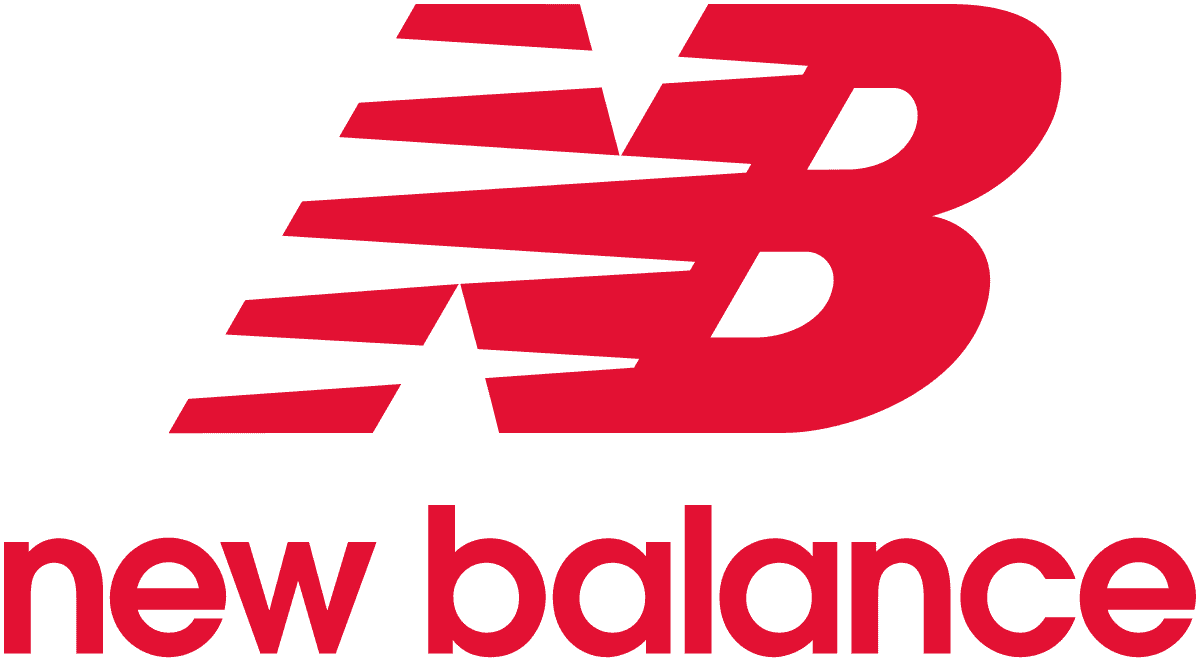

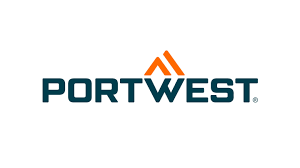

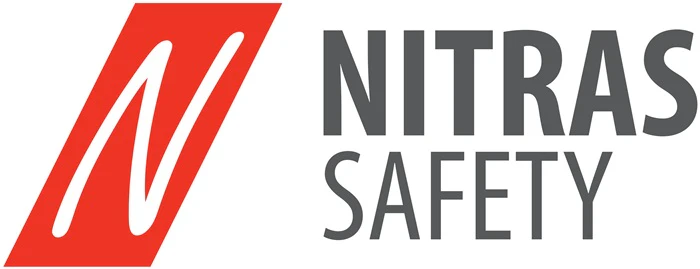





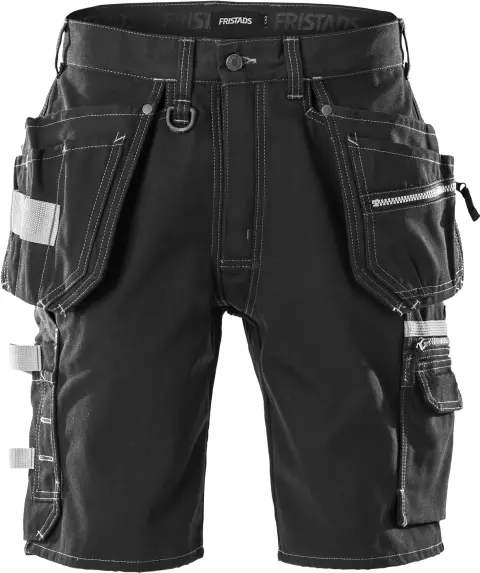
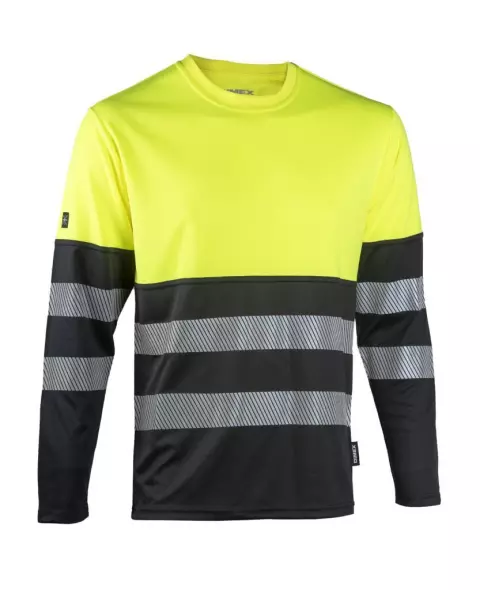
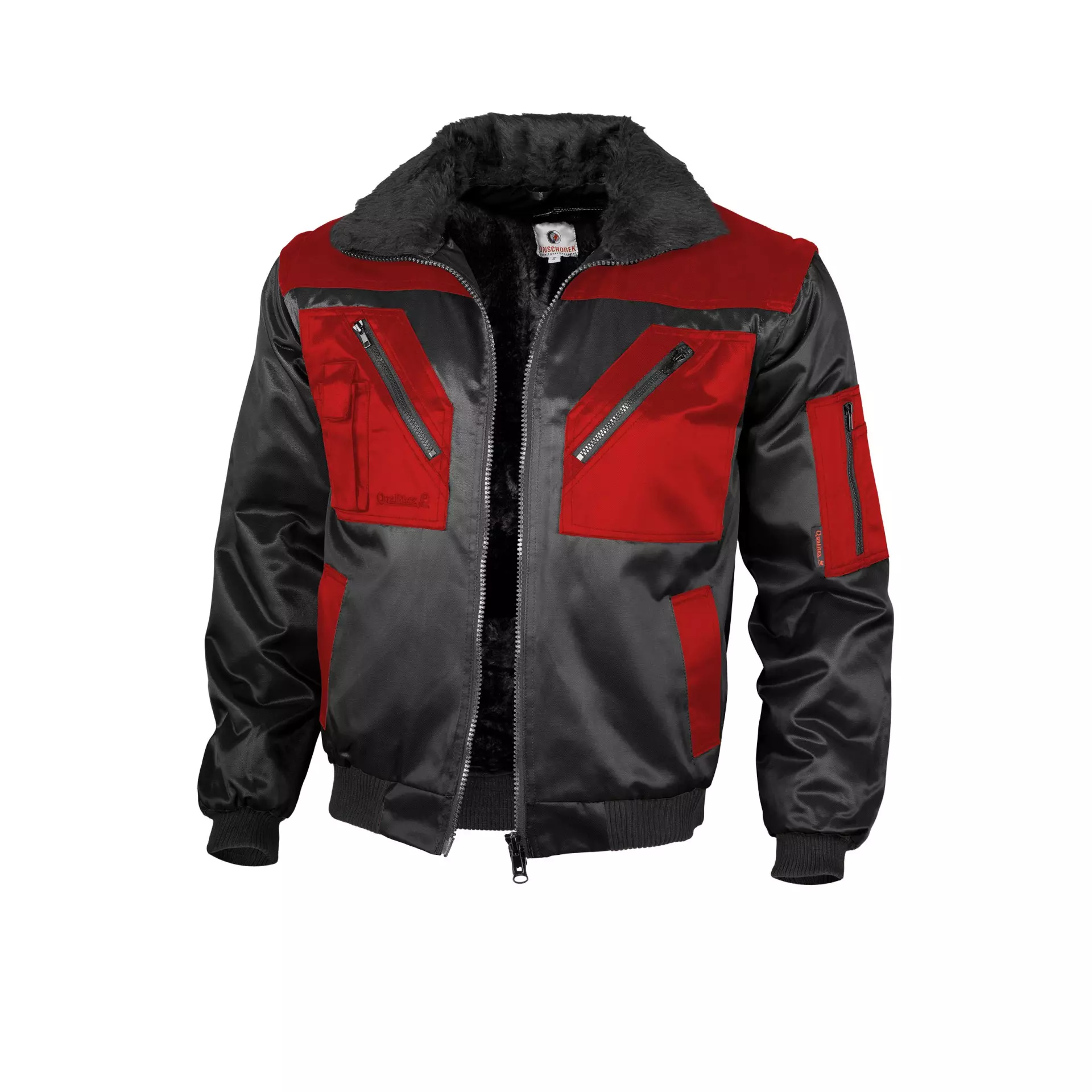
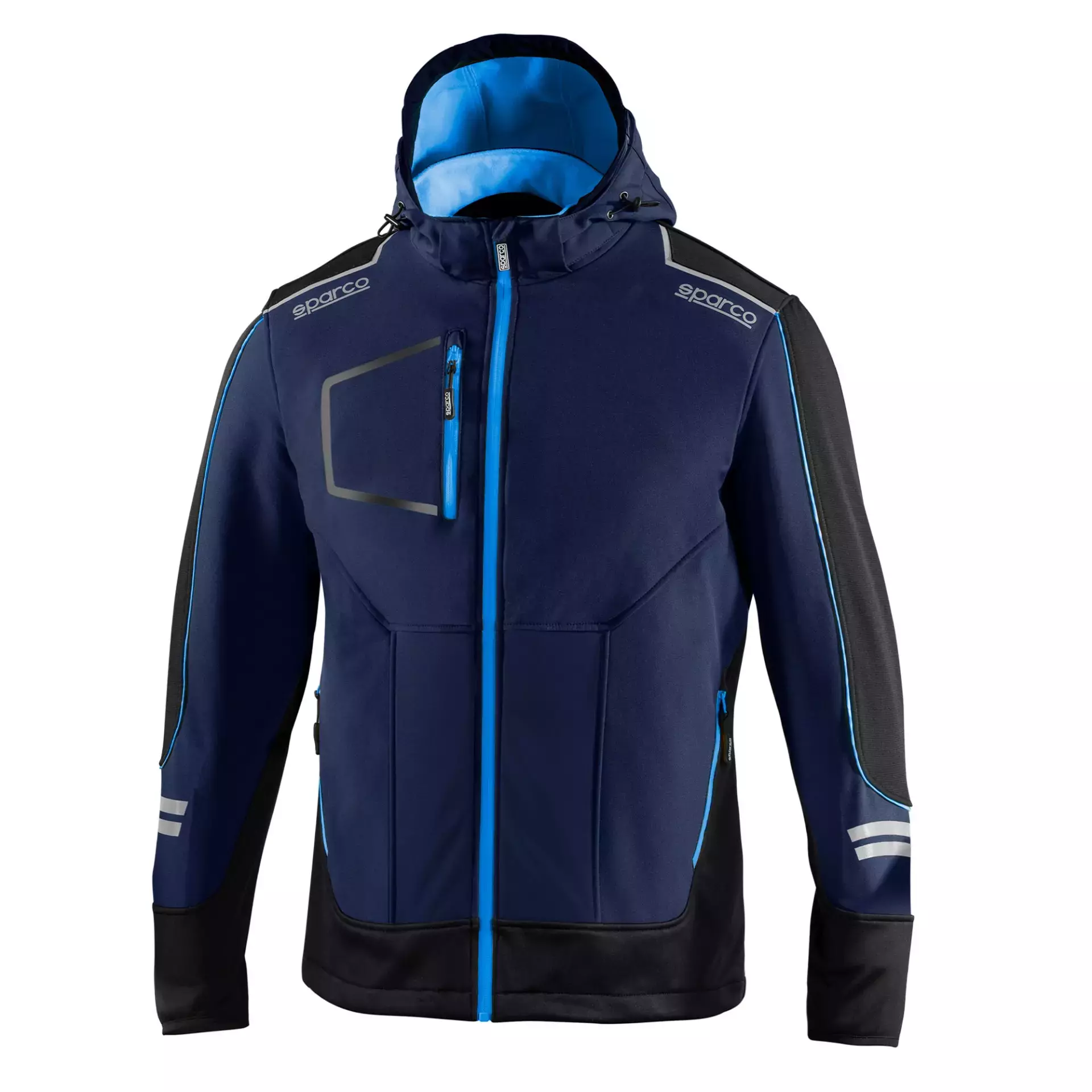





Overwhelmed by PPE options for food safety? Master your PPE selection for food workers safety with these practical tips.

Struggling to maintain clear vision in demanding environments? This guide is here to help. By the end, you’ll know exactly...
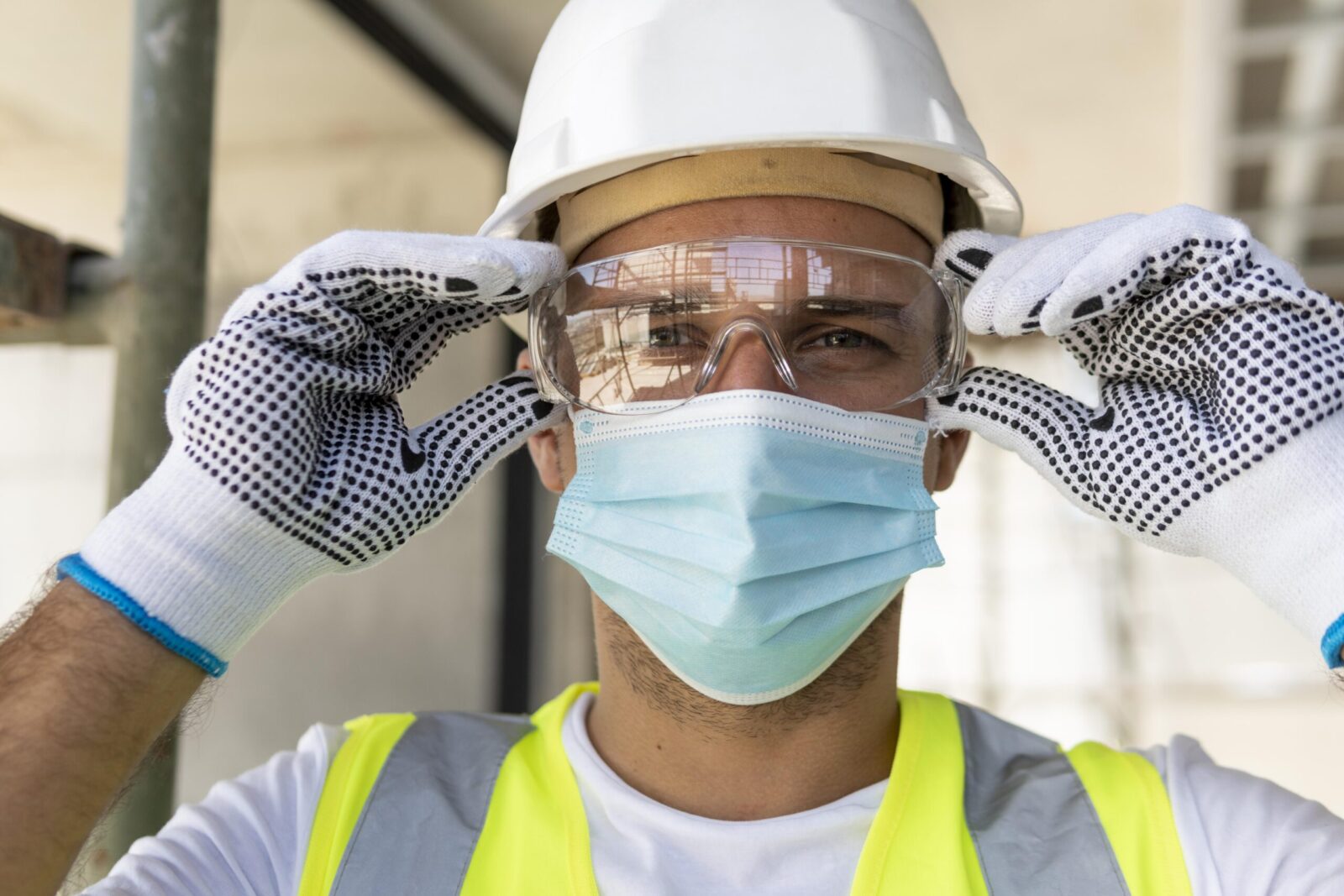
Electricians across Europe face unique challenges that require reliable safety glasses to ensure both protection and efficiency. Whether safeguarding against...

Overwhelmed by PPE options for food safety? Master your PPE selection for food workers safety with these practical tips.

Struggling to maintain clear vision in demanding environments? This guide is here to help. By the end, you’ll know exactly...

Electricians across Europe face unique challenges that require reliable safety glasses to ensure both protection and efficiency. Whether safeguarding against...
Get 20€ off on your first order!
Save 30% by buying directly from brands, and get an extra 10€ off orders over €100
Save 30% by buying directly form brands, and get an extra 10€ off orders over €100